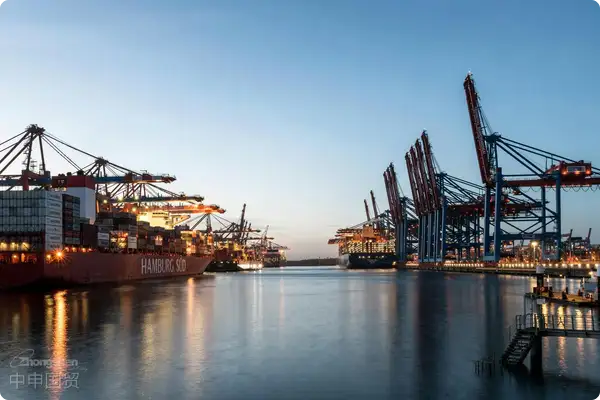- Shanghai Zhongshen International Trade Co., Ltd. - Two decades of trade agency expertise.
- Service Hotline: 139 1787 2118

Environmental ProtectionEquipment ImportsThree Core Challenges
The latest statistics for 2025 show that Chinas environmental protection equipment imports exceeded $32 billion, covering 12 major categories including water treatment equipment and air purification devices. Importing companies commonly face the following key issues:
- Commodity classification disputes:The HS code discrepancy rate for identical equipment at different ports reaches as high as 27%
- Technical standard conflicts:The mismatch between EU CE certification and domestic energy efficiency standards is particularly prominent
- Document validity risks:The average processing time for import licenses has extended by 15 working days compared to 2020
Key Node Analysis of the Entire Import Process
Taking the import of typical sewage treatment equipment as an example, the complete process includes 8 stages:
- Pre - classification stage
- Collection of equipment technical parameters (flow rate, treatment process, etc.)
- Determining declaration elements by referencing the 2025 edition of theimport and exportCustoms Tariff
- Market access approval stage
- Filing for used electromechanical product imports (requires application 90 days in advance)
- 3CCertification exemption application (for non-commercial equipment)
- On-site customs clearance stage
- Quarantine treatment of wooden packaging (special focus on IPPC marks)
- Electromechanical safety item testing (on-site pass rate only 68%)
7 core competency assessments for professional agents
- Commodity pre-classification accuracy rateRequires provision of declaration records for similar equipment in the past three years
- Localized service networkKey ports require stationed customs clearance teams
- Technical document processing capabilityCapability to independently complete Chinese-English technical parameter conversion
- Emergency response experienceImport return case processing cycle should be controlled within 45 days
- Tax planning capabilityProper utilization of free trade agreement tariff preferences (up to 15% reduction)
- Customs system integrationSupports direct data connection with the Customs Single Window
- Industry compliance databaseReal-time updates of environmental equipment import restriction lists
Case study: Analysis of customs clearance obstacles for a German companys air purification equipment
In March 2025, a Suzhou-based company importing industrial-grade air purification systems worth 1.2 million euros encountered classification disputes:
- Key dispute points:Whether the built-in sensors constitute independent functional units
- Solution:The agent provided original German design drawings, successfully proving the sensors were merely auxiliary components
- Result comparison:After classification correction, the tariff difference reached 87,000 yuan, with 23,000 yuan saved in late declaration fees
Optimization strategies for import cost structure
- Basic cost control:Agent service fees should be maintained within 0.6%-1.2% of the cargo value
- Hidden cost avoidance:
- Container demurrage fees (port policy differences can reach 300 yuan/day)
- Technical rectification costs (recommend reserving 3% of cargo value as emergency budget)
- Tax incentive policies:
- Catalog of Major Technical Equipment Imports (eligible for tariff reduction)
- Tax exemption policy for scientific and educational supplies (applicable to R&D equipment)
Choose professionalImport RepresentationWhen selecting agents, focus on evaluating their industry case database size (recommended minimum 50 successful cases), stability of customs team (core members should have over 5 years of experience), and systematic solution capabilities. High-quality agents can improve customs clearance efficiency by 40% and reduce overall costs by 12%-18%.
Related Recommendations
? 2025. All Rights Reserved. Shanghai ICP No. 2023007705-2  PSB Record: Shanghai No.31011502009912
PSB Record: Shanghai No.31011502009912










